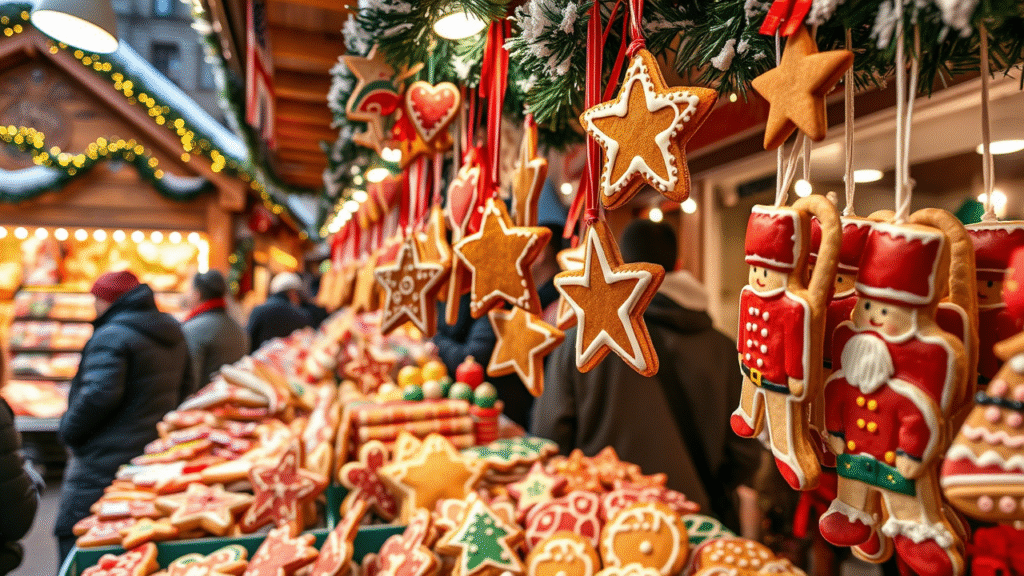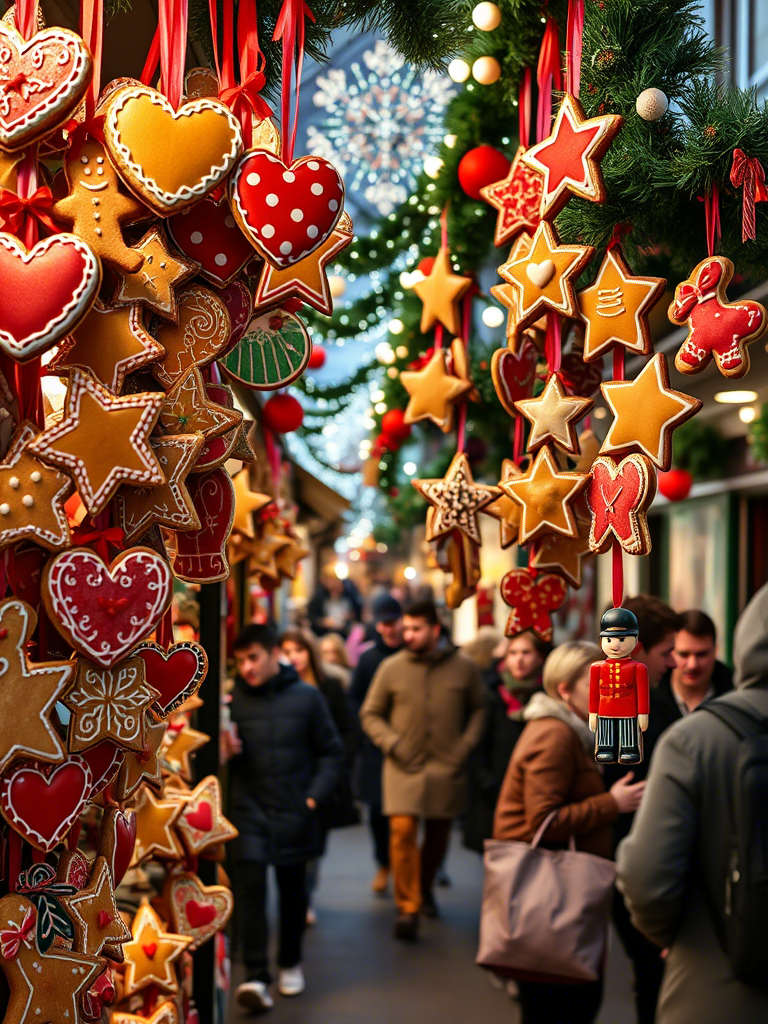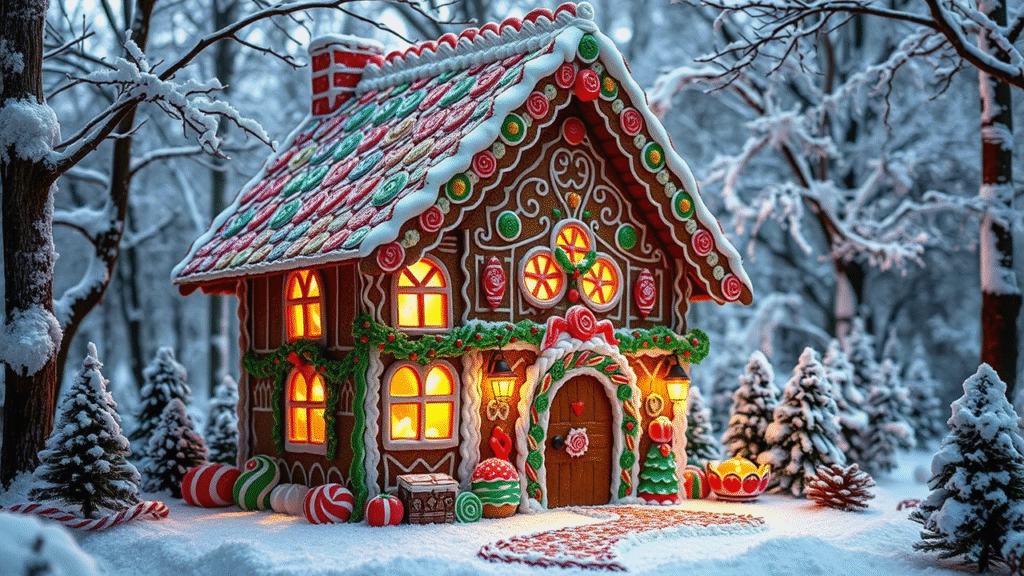History of Shaping Gingerbread

Gingerbread shaping has a rich and storied past deeply rooted in European culinary tradition. As the art of gingerbread-making evolved, bakers formed professional guilds dedicated exclusively to the craft. In the 17th century, only licensed gingerbread bakers were permitted to bake it—except during Christmas and Easter, when the general public was allowed to participate.
Across Europe, gingerbreads were sold in specialized shops and festive markets. These creations came in elaborate shapes—hearts, stars, soldiers, babies, riders, animals, and even musical instruments like trumpets and violins. They were often sold near churches on Sundays and featured heavily in religious observances such as Christmas, Easter, and name days, where gingerbread portraits of saints were popular gifts.
Gingerbread also held symbolic meaning. These edible artworks were exchanged as tokens of affection, presented at weddings, or given to children during holidays. Intricately decorated versions were painted and displayed as festive window ornaments. Some were even gilded with gold leaf, adding an artistic and luxurious touch. In times of superstition, gingerbread was worn as a talisman to protect against evil spirits or even carried into battle.
Beyond decoration, gingerbread served as a form of folk art. Cities like Lyon, Nuremberg, Prague, Pulsnitz, Toruń, and Ulm became major centers for gingerbread mold carving. These molds often depicted historical or political events, including coronations and public figures. Today, significant collections of antique gingerbread molds are preserved in museums such as the Ethnographic Museum in Toruń, Poland and the Bread Museum in Ulm, Germany.
During the winter months, Europeans enjoyed these pastries dipped in wine or spirits—a practice that German-speaking communities brought to Pennsylvania and Maryland in the early 20th century. In America, this evolved into the beloved ginger snap cookie, which found new life as a classic Christmas tree ornament.

The Origin of the Gingerbread House

The tradition of creating gingerbread houses began in early 19th-century Germany. Many believe it was directly inspired by the tale of Hansel and Gretel, popularized by the Brothers Grimm, in which two children discover an enchanted, edible house in the woods. Following the story’s publication, German bakers began crafting lebkuchen (gingerbread) houses modeled after fairy-tale settings.
These enchanting constructions quickly became associated with Christmas and were brought to the United States by German immigrants in Pennsylvania. Whether rooted in legend or preceding it, gingerbread houses have become a beloved and imaginative holiday tradition around the world.
From ancient honey cakes to today’s dazzling edible mansions, gingerbread houses have earned their place as a beloved holiday icon. The combination of cozy flavors, handmade detail, and festive tradition make them a magical part of the Christmas season.
Looking to order a custom gingerbread house this year? Make sure you do it early — they’re in high demand!

